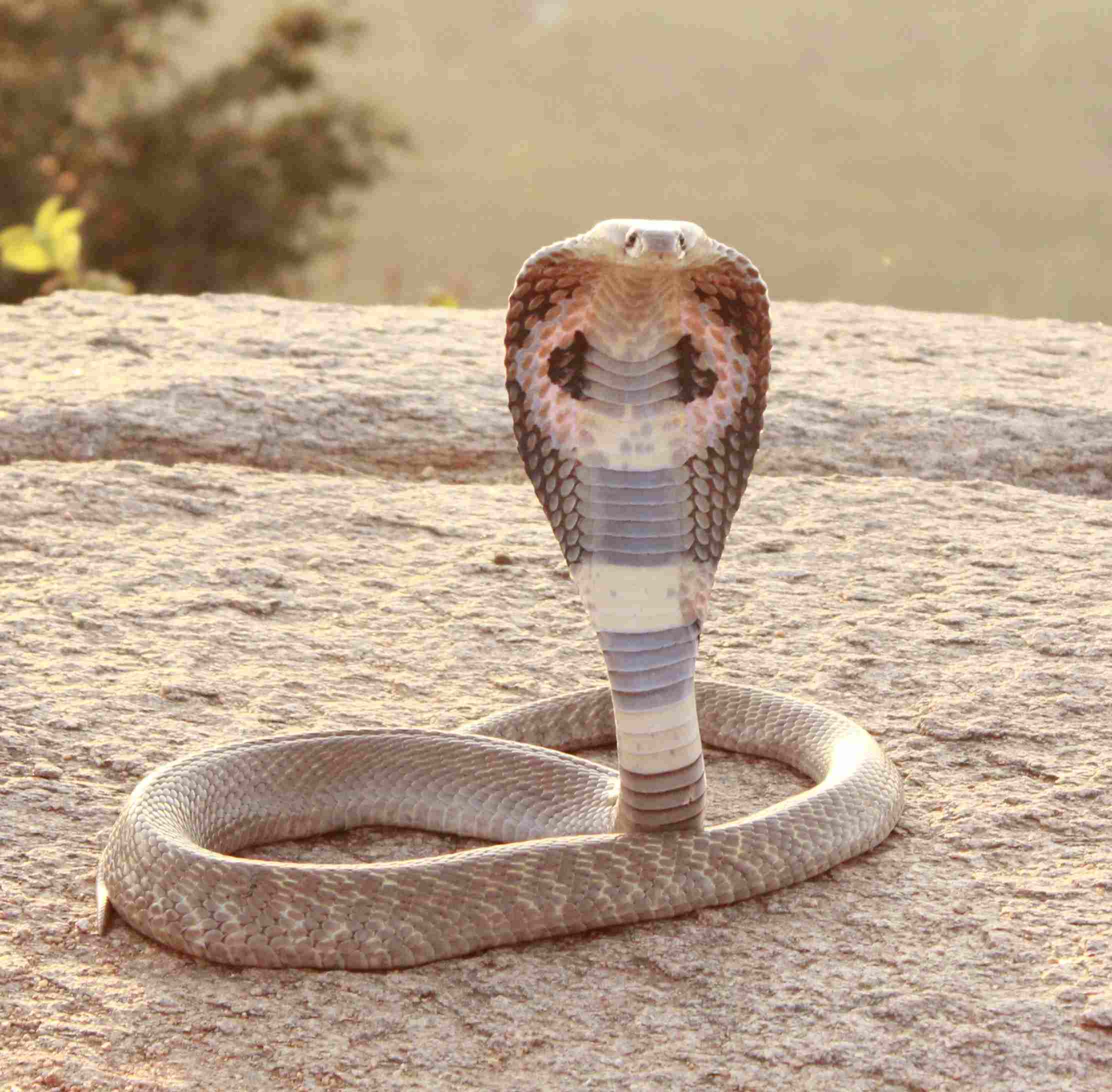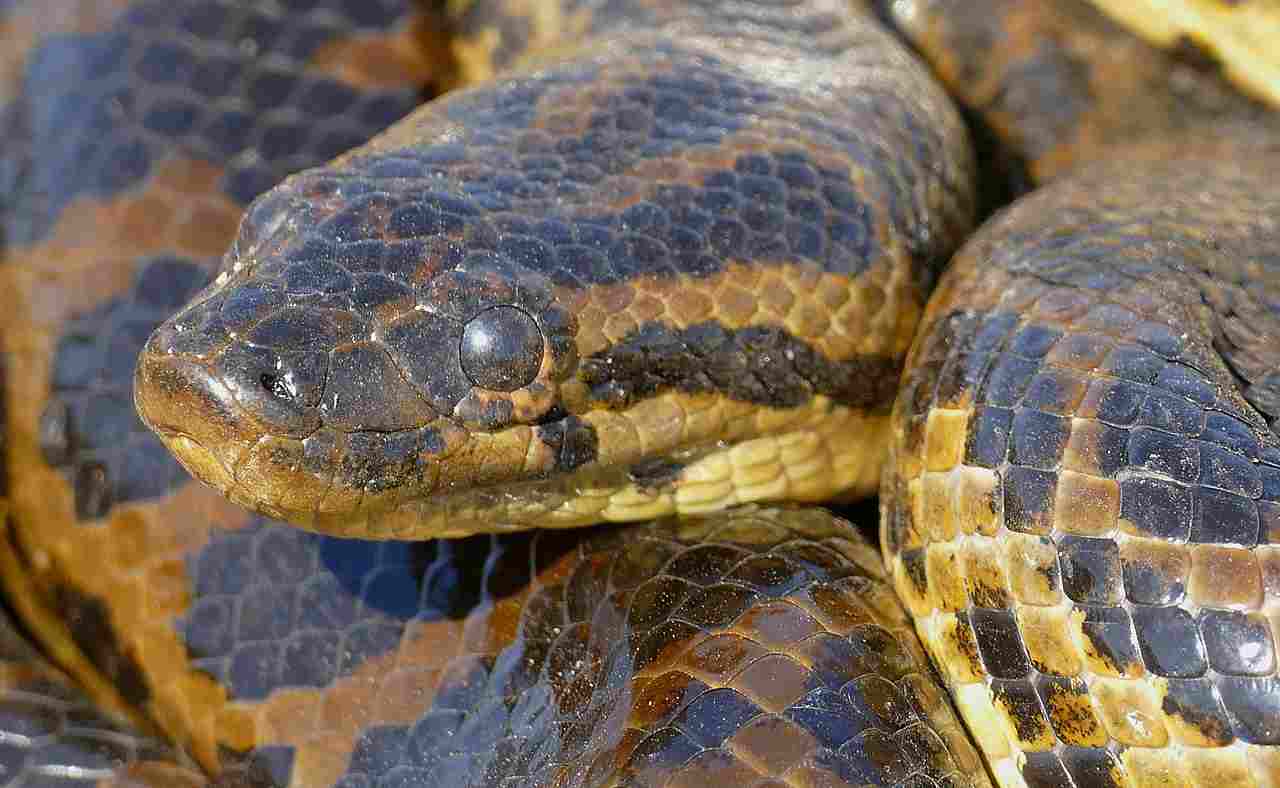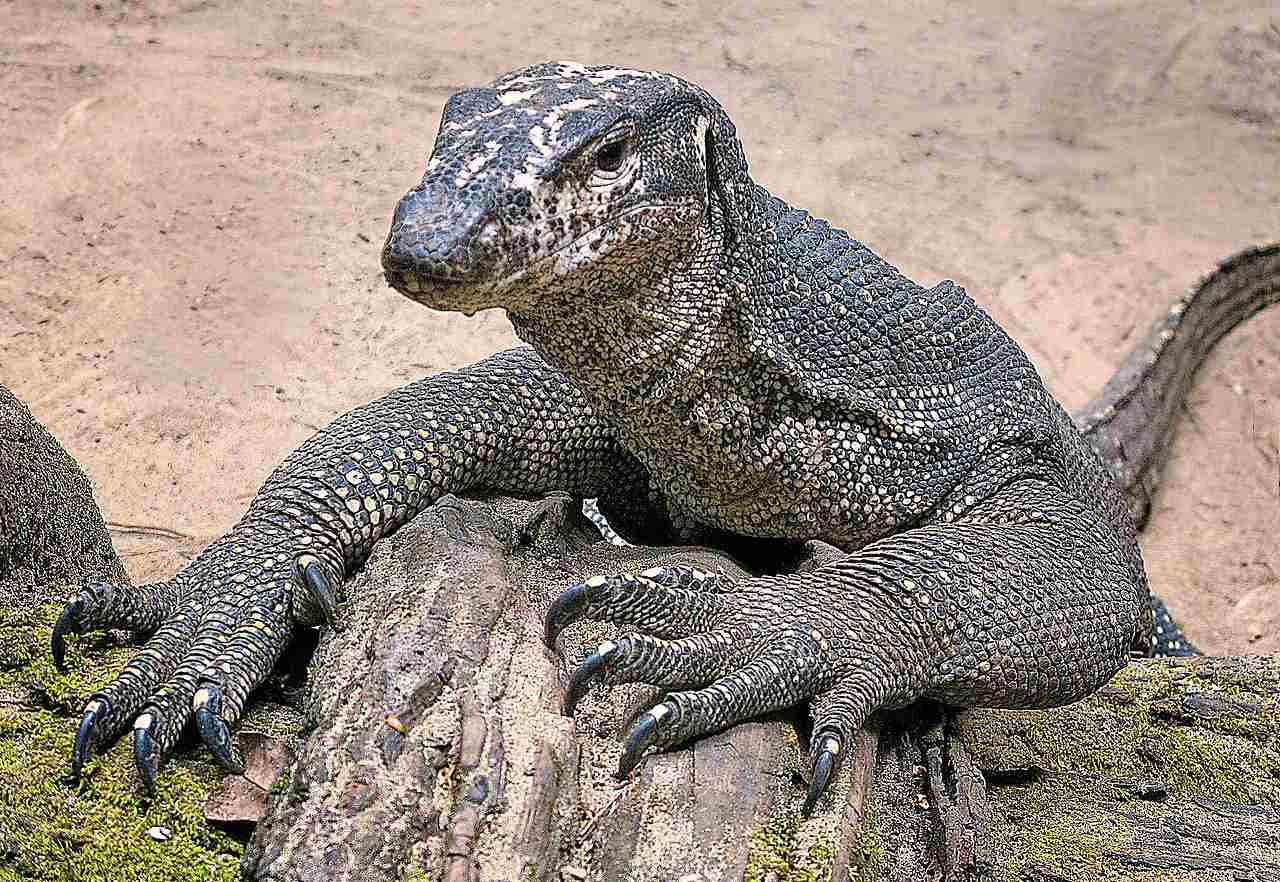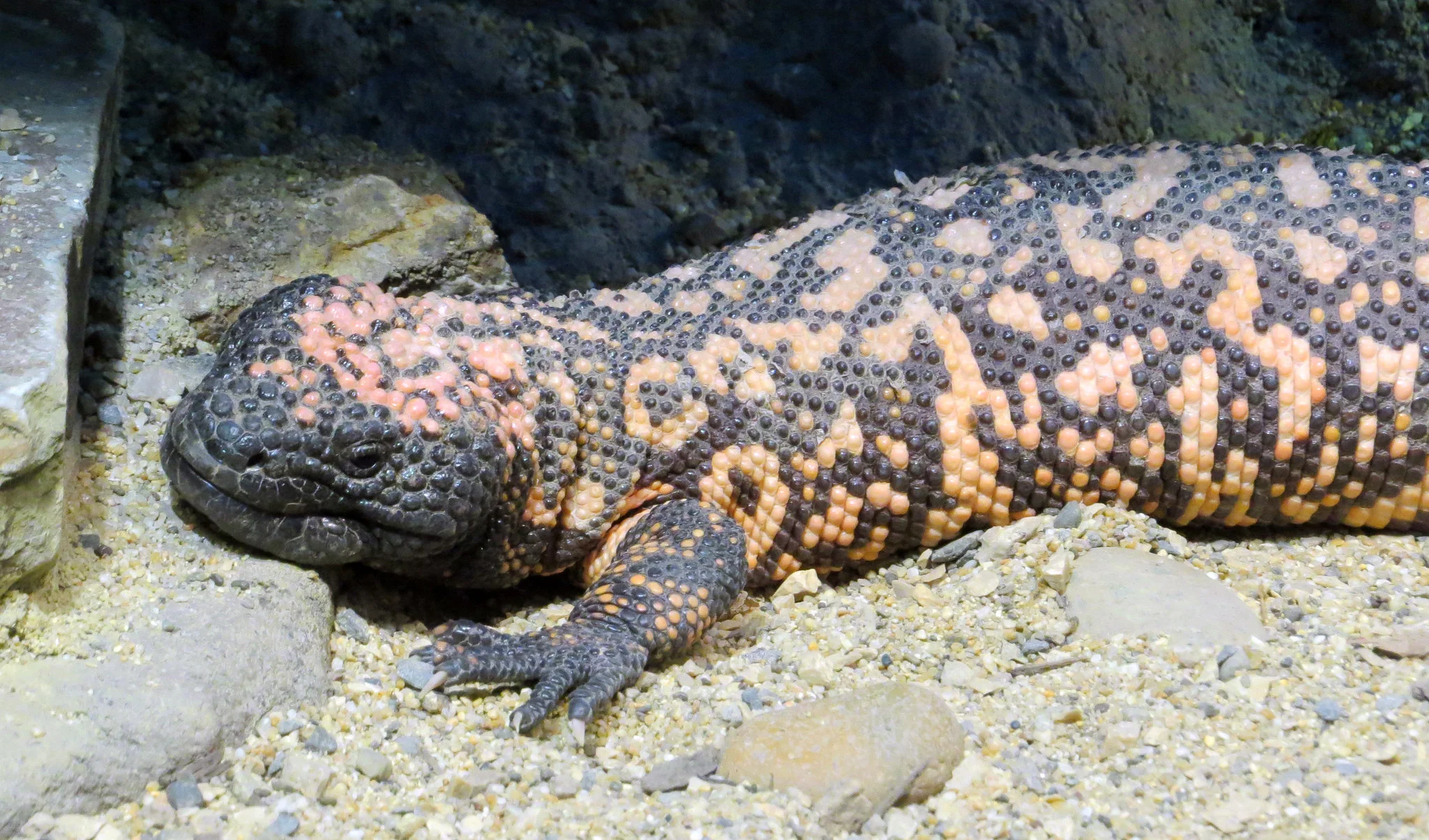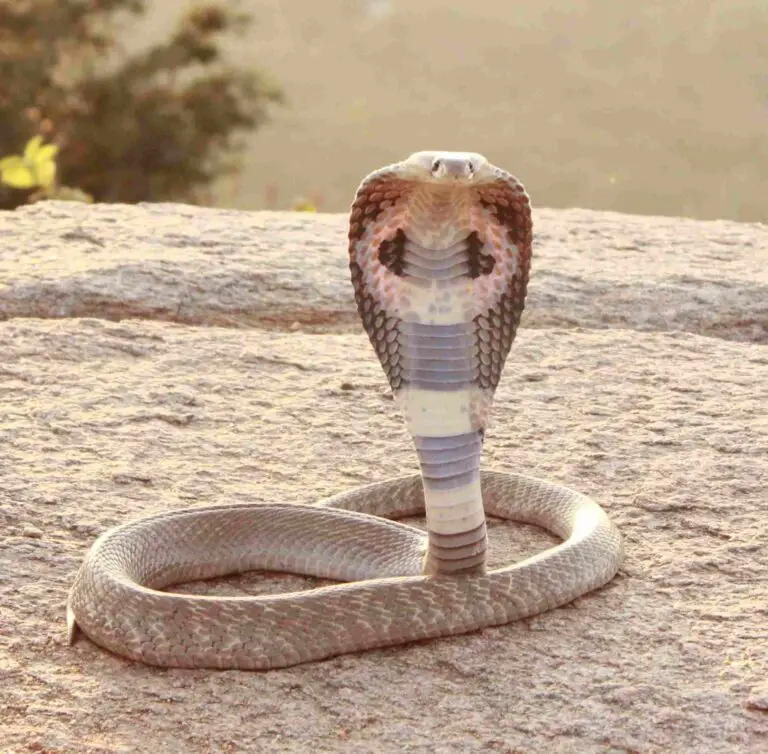Komodo Dragon Vs Monitor Lizard Size, Weight, Overall Comparison
Exploring the distinctions between the Komodo dragon and other monitor lizard species sheds light on their shared classification as monitor lizards while emphasizing the unique attributes of the Komodo dragon. As the largest known monitor lizard species, the Komodo dragon holds a distinct place within the reptilian realm. While both Komodo dragons and other monitor lizards share a common classification, the Komodo dragon stands out for its impressive size, venomous capabilities, and specialization as a predator. This uniqueness is complemented by the fact that Komodo dragons are naturally found only in Indonesia, whereas monitor lizards exhibit versatility and are distributed worldwide.
I. Komodo Dragon vs Other Monitor Lizards: An Overview of Similarities and Differences:
– Komodo dragons belong to the monitor lizard family but stand out as the largest known species. This distinction, coupled with unique characteristics, sets them apart from other monitor lizard species found across the globe.
II. Komodo Dragon’s Unique Attributes:
– The Komodo dragon, as the largest monitor lizard, possesses distinctive attributes that contribute to its superiority as a predator. Notably, it is larger, heavier, stronger, and equipped with venomous capabilities, setting it apart from other monitor lizard species.
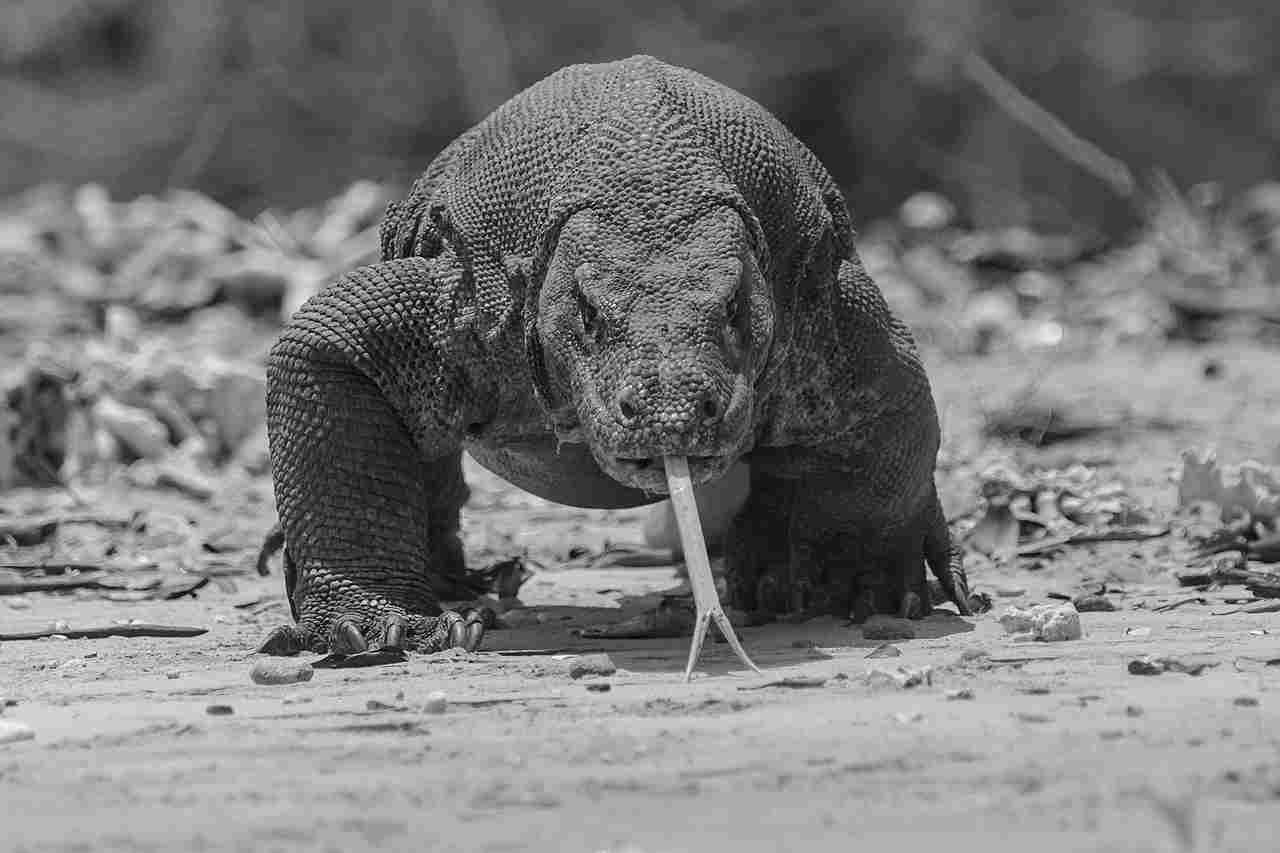
III. Distribution and Habitat:
– Komodo dragons are naturally found in Indonesia, specifically on certain islands. In contrast, monitor lizards are a diverse group of reptiles with a global distribution, demonstrating adaptability to various environments and habitats worldwide.
IV. Size and Strength:
– The Komodo dragon’s larger size and greater strength give it an advantage over other monitor lizard species in potential confrontations. These physical attributes contribute to its effectiveness as a predator in its native habitat.
Therefore, a Komodo dragon would win a monitor lizard of other species in a fight as it is larger, stronger, and generally superior as a predator.
V. Venomous Capabilities:
– One of the unique features of the Komodo dragon is its venomous bite. This venom aids in subduing prey, giving the Komodo dragon an additional advantage over other monitor lizard species that may lack such specialized adaptations.
VI. Predator Superiority:
– In a hypothetical encounter between a Komodo dragon and other monitor lizard species, the Komodo dragon is likely to emerge victorious due to its size, strength, venomous capabilities, and specialized adaptations as an apex predator.
VII. Global Versatility of Monitor Lizards:
– While Komodo dragons are limited to specific regions in Indonesia, other monitor lizard species showcase adaptability and can be found in diverse ecosystems around the world. Their widespread distribution reflects their ability to thrive in various environments.
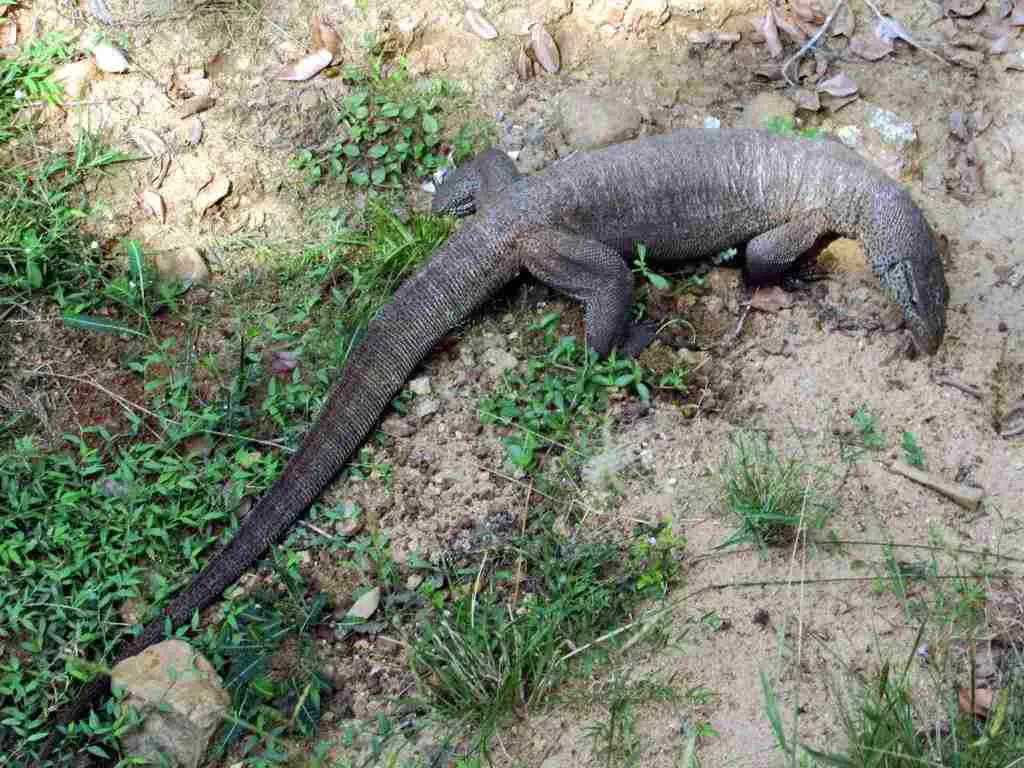
VIII. Conservation Significance:
– Recognizing the unique attributes of Komodo dragons and other monitor lizard species is essential for conservation efforts. Tailoring strategies to protect these reptiles in their respective habitats contributes to the preservation of biodiversity and ecosystem balance.
*Details of Comparison
| Criteria | Komodo Dragon | Monitor Lizard |
| Taxonomy | V. komodoensis (Species) |
Varanus genus (Various species)
|
| Appearance | Robust build, gray-brown coloration |
Elongated bodies, varied color patterns
|
| Size | Larger (8.5 to 10 feet) |
Varies among species
|
| Weight | Heavier (200 to 300 pounds) |
Varies from a few pounds to over 100 pounds
|
| Bite Force (PSI) | 600 PSI |
Varies, generally lower than Komodo Dragons
|
| Offensive Advantages | Powerful bite with bacteria |
Diverse offensive strategies
|
| Defensive Advantages | Thick scales, powerful limbs |
Physical adaptations, defensive postures
|
| Speed | Up to 12 mph |
Similar, with slight variations
|
| Agility | Agile in short bursts |
Varied among species, some adept climbers
|
| Senses | Excellent smell, good eyesight, hearing |
Well-developed senses
|
| Physical Capacity | Robust build, well-adapted |
Diverse capacities adapted to ecological roles
|
| Habitat & Region | Limited to specific islands in Indonesia |
Global distribution, various habitats
|
| Tracks | Distinctive, wide and short footprints |
Claw marks, varying footprint shapes
|
| Lifespan | 20-30 years |
Varies, some species over 20 years
|
| Feeding | Carnivorous, ambush or scavenges |
Varied diets, some strictly carnivorous
|
| Intelligence | Problem-solving abilities |
Varies among species, some show learning capabilities
|
| Social Behavior | Mostly solitary, limited interactions |
Varied, some solitary, communal, or territorial
|
| Reproduction | Oviparous, lay eggs |
Mostly oviparous, some viviparous species
|
| Parental Behavior | Limited parental care |
Varied, some show maternal care
|
| Proximity to Humans | Generally limited to remote islands |
Found in various habitats, including urban areas
|
| Behavior Toward Humans | Generally avoids, can be aggressive |
Varied, may exhibit curiosity or aggression
|
| Danger to Humans | Potentially dangerous due to powerful bite |
Generally not highly dangerous
|
| Precautions | Caution advised, avoid close proximity |
General awareness, observe from a safe distance
|
| Conservation Status | Vulnerable due to various threats |
Varied across species, some least concern
|
Key Points
- Komodo Dragons are generally larger, with a more limited distribution in specific Indonesian islands.
- Both species share the Varanidae family and Varanus genus but differ in specific classifications.
- Komodo Dragons have a formidable bite force and unique offensive strategy with bacteria.
- Monitor lizards show diversity in size, behavior, and adaptations across different species.
- Komodo Dragons have a longer lifespan compared to many monitor lizard species.
- Conservation status varies, with Komodo Dragons facing a higher risk of extinction.
- Both species exhibit well-developed senses, influencing their hunting and survival strategies.
1. Taxonomy:
Komodo Dragon:
Family: Varanidae
Genus: Varanus
Species: V. komodoensis
Monitor Lizard:
Family: Varanidae
Genus: Varanus (Various species within the genus)
Both Komodo Dragon and Monitor Lizards belong to the same family and genus, but Komodo Dragons are a specific species within the Varanus genus.
2. Appearance:
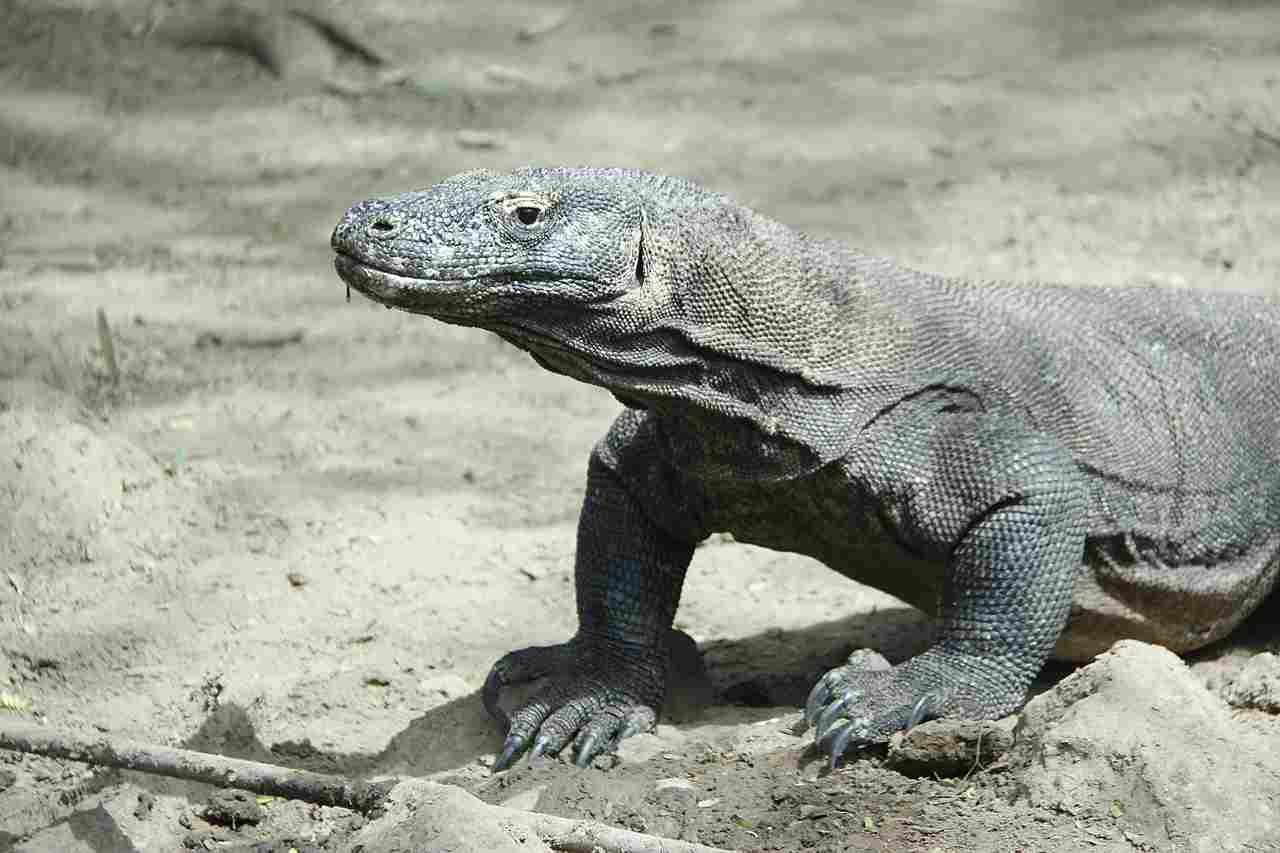
Komodo Dragon:
Robust build, stocky tail, rough scales, and a distinctive, forked tongue.
Gray-brown coloration with dark markings; males may have a more reddish tint.
Monitor Lizard:
Varied appearances depending on species; generally elongated body, long tail, and scales.
Coloration varies from dull brown to vibrant patterns; some species have distinctive neck frills.
Comparison:
Both share a similar body plan but differ in coloration and specific features.
Ecological Implications:
Camouflage in habitats; coloration may indicate adaptations to specific environments.
3. Size:
Komodo Dragon:
Average length: 8.5 to 10 feet (2.5 to 3 meters).
Males tend to be larger than females.
Monitor Lizard:
Size varies among species; some are smaller, while others can grow up to 10 feet (3 meters) or more.
Comparison:
Komodo Dragons are generally larger than many monitor lizard species.
Ecological Implications:
Size can influence ecological roles, from predation to competition within their respective ecosystems.
4. Weight:
Komodo Dragon:
Adult males: 200 to 300 pounds (90 to 136 kilograms).
Monitor Lizard:
Weight varies across species, ranging from a few pounds to over 100 pounds.
Comparison:
Komodo Dragons are typically heavier than most monitor lizard species.
Ecological Implications:
Weight influences mobility, hunting strategies, and overall impact on prey populations.
5. Bite Force (PSI – Pounds per Square Inch):
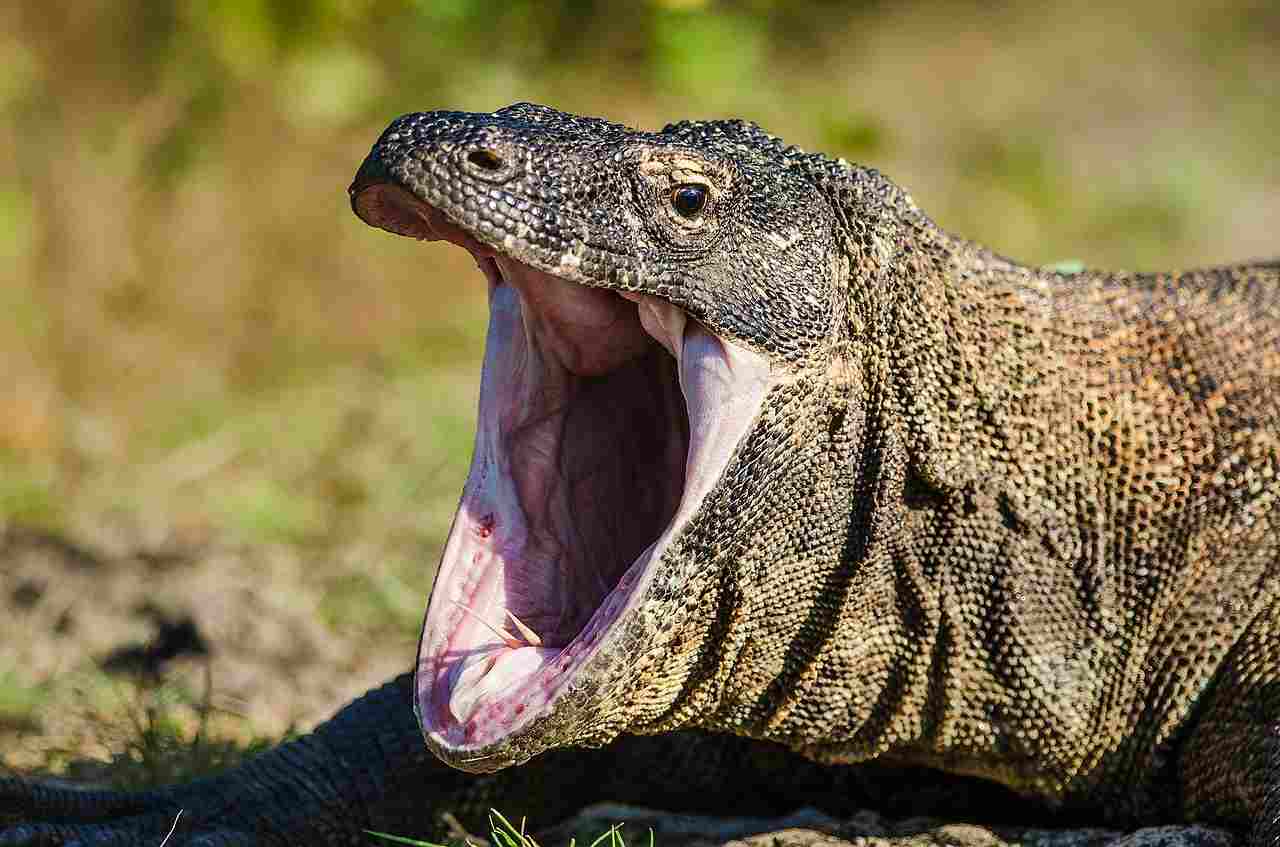
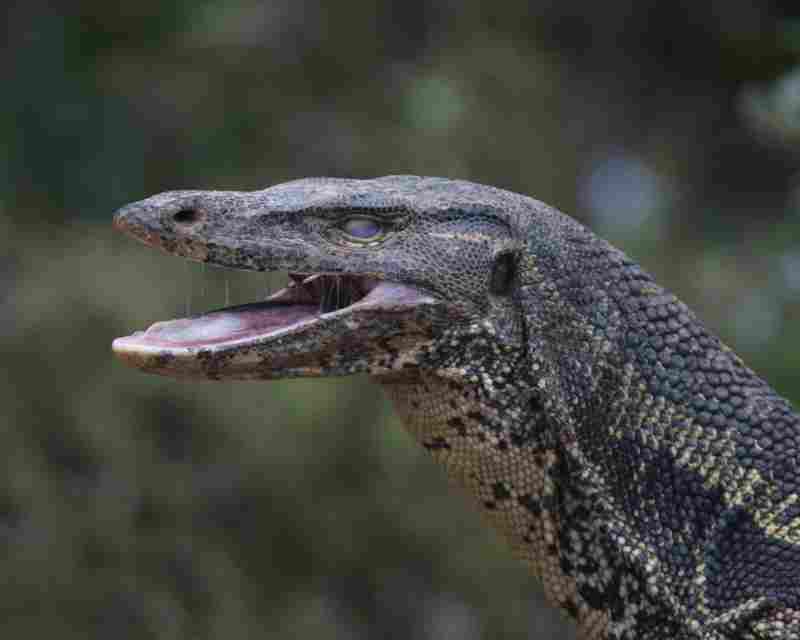
Komodo Dragon:
Estimated bite force: 600 pounds per square inch (PSI).
Monitor Lizard:
Bite force varies among species but is generally lower than that of Komodo Dragons.
Comparison:
Komodo Dragons have a formidable bite force compared to most monitor lizard species.
Ecological Implications:
Bite force relates to hunting efficiency and ability to subdue prey, impacting the predator-prey dynamic in their ecosystems.
6. Physical Offensive Advantages:
Komodo Dragon:
Powerful bite with serrated teeth and a potent mix of bacteria, causing infections in prey.
Monitor Lizard:
Varied offensive strategies; some species use strong jaws, claws, or venom.
Comparison:
Komodo Dragons have a unique combination of powerful bite and bacteria for hunting.
Ecological Implications:
Impacts prey population control and contributes to the overall ecological balance.
7. Physical Defensive Advantages:
Komodo Dragon:
Thick scales provide protection; powerful limbs aid in defense.
Monitor Lizard:
Tail whipping, defensive postures, and some species may have protective frills.
Comparison:
Both have physical adaptations for defense, but the specifics vary.
Ecological Implications:
Influences interactions with predators and competition for resources within their ecosystems.
8. Speed (Km/hour or Mile/hour):
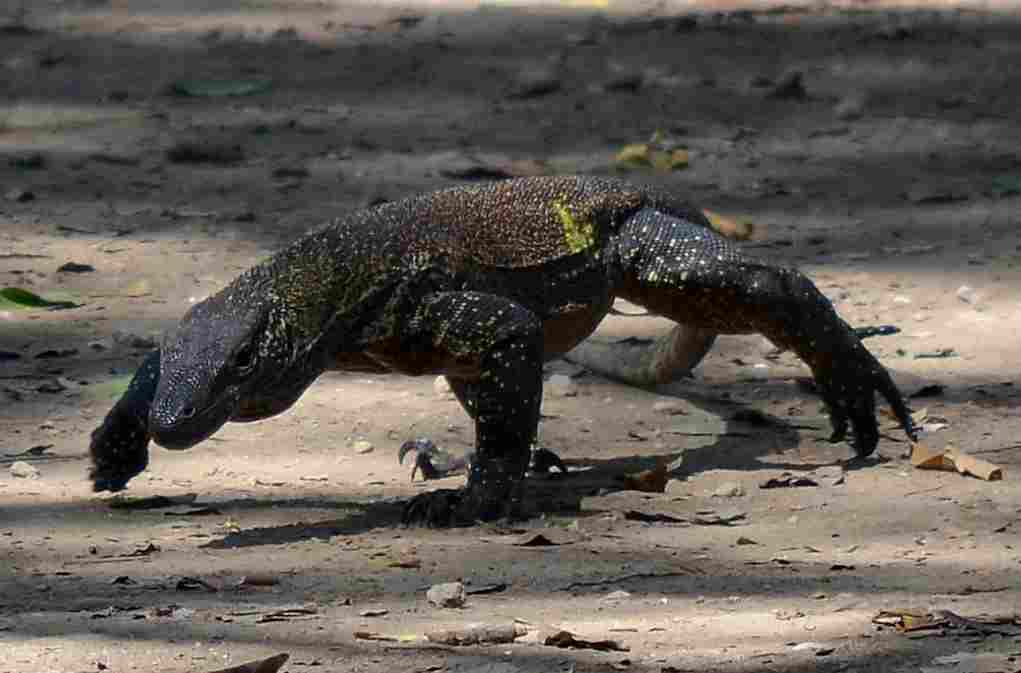
Komodo Dragon:
Can reach speeds of up to 12 miles per hour (19 km/h).
Monitor Lizard:
Speed varies across species but generally comparable to or slightly slower than Komodo Dragons.
Comparison:
Similar speed capabilities, with slight variations among species.
Ecological Implications:
Speed impacts hunting success, escape from predators, and overall mobility in their habitats.
9. Agility:
Komodo Dragon:
Agile in short bursts; climbing ability is limited.
Monitor Lizard:
Varied agility among species; some are adept climbers and agile on the ground.
Comparison:
Monitor Lizards, with their diverse species, show a range of agility levels.
Ecological Implications:
Influences hunting techniques, foraging strategies, and habitat utilization.
10. Senses:

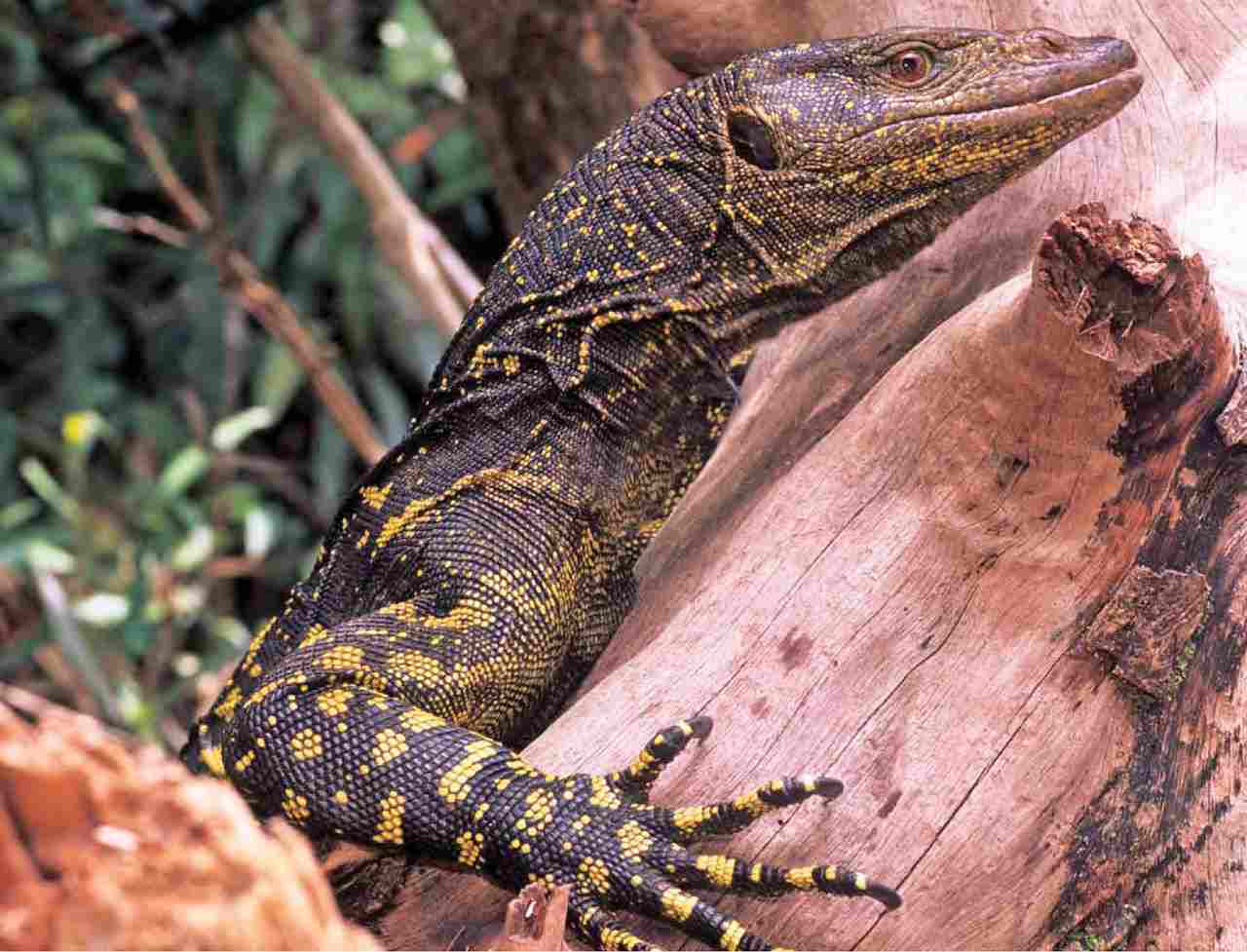
Komodo Dragon:
Excellent sense of smell; forked tongue aids in locating prey. Good eyesight and hearing.
Monitor Lizard:
Varied sensory capabilities among species; generally have a keen sense of smell, sight, and hearing.
Comparison:
Both possess well-developed senses, adapted to their respective environments.
Ecological Implications:
Sensory adaptations influence hunting efficiency, navigation, and communication within their ecosystems.
11. Overall Physical Capacity:
Komodo Dragon:
Robust build, well-adapted for powerful bites, and effective locomotion.
Monitor Lizard:
Diverse physical capacities across species, each adapted to specific ecological niches.
Comparison:
Both exhibit physical adaptations suited to their ecological roles.
Ecological Implications:
Physical capacity affects the overall ecological impact, including predation, competition, and habitat utilization.
12. Habitat Preference(s) and Geographic Region:
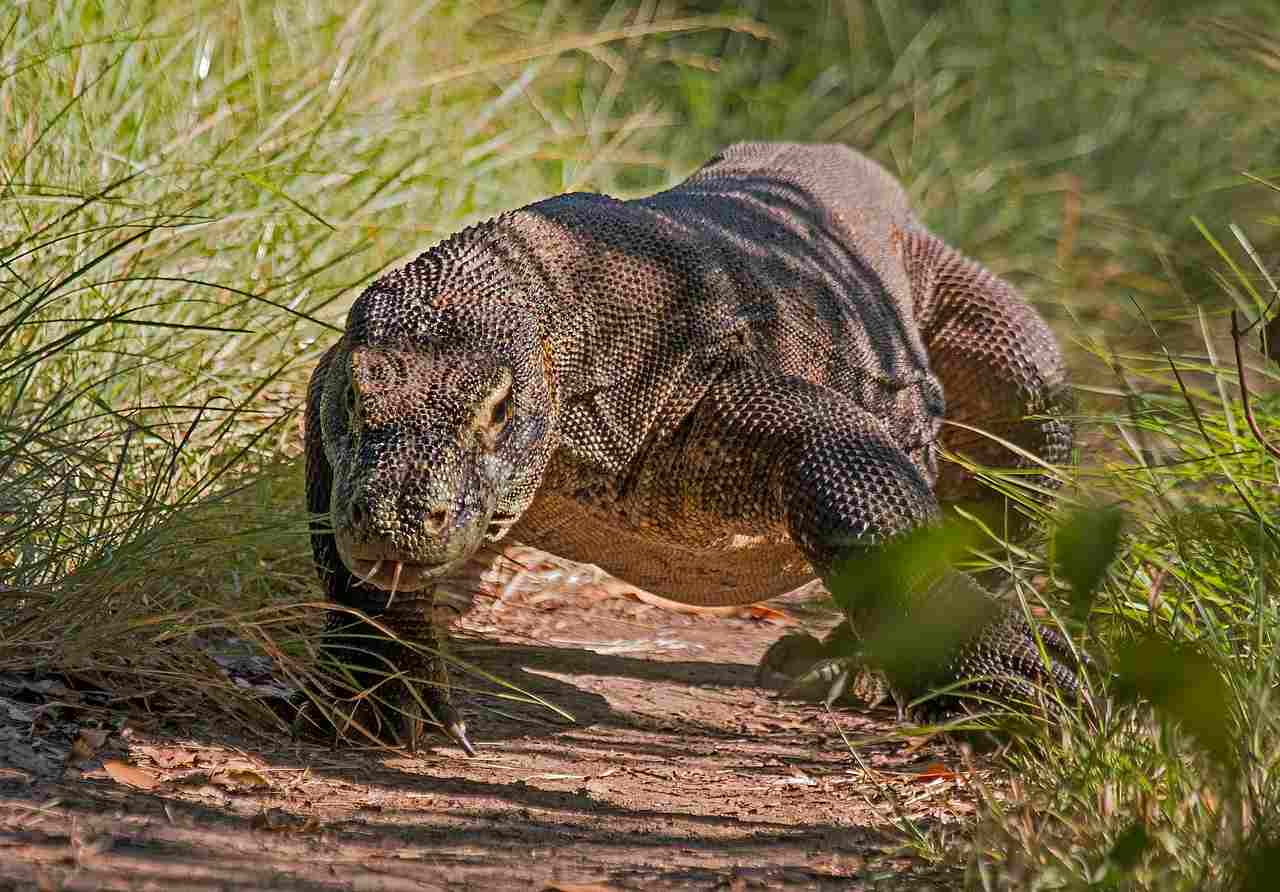
Komodo Dragon:
Prefer lowland habitats, including savannas and tropical forests. Endemic to Komodo, Rinca, Flores, and Gili Motang islands in Indonesia.
Monitor Lizard:
Diverse habitat preferences; found in various ecosystems, including forests, grasslands, and even urban areas. Distributed globally.
Comparison:
Komodo Dragons are limited to specific islands, while monitor lizards have a more widespread distribution.
Ecological Implications:
Habitat preferences impact ecosystem dynamics, biodiversity, and potential human-wildlife interactions.
13. Tracks:
Komodo Dragon:
Distinctive tracks with claw marks; relatively wide and short footprints.
Monitor Lizard:
Track characteristics vary among species; generally show claw marks and varying footprint shapes.
Comparison:
Both leave tracks indicative of lizard species, but specific features differ.
Ecological Implications:
Tracking can be useful for ecological studies, monitoring populations, and understanding movement patterns within ecosystems.
14. Lifespan:
Komodo Dragon:
Typically 20 to 30 years in the wild.
Monitor Lizard:
Lifespan varies among species; some live 10-15 years, while others may reach over 20 years.
Comparison:
Komodo Dragons generally have a longer lifespan compared to many monitor lizard species.
Ecological Implications:
Lifespan influences population dynamics, reproductive strategies, and overall stability within ecosystems.
15. Mode of Feeding:
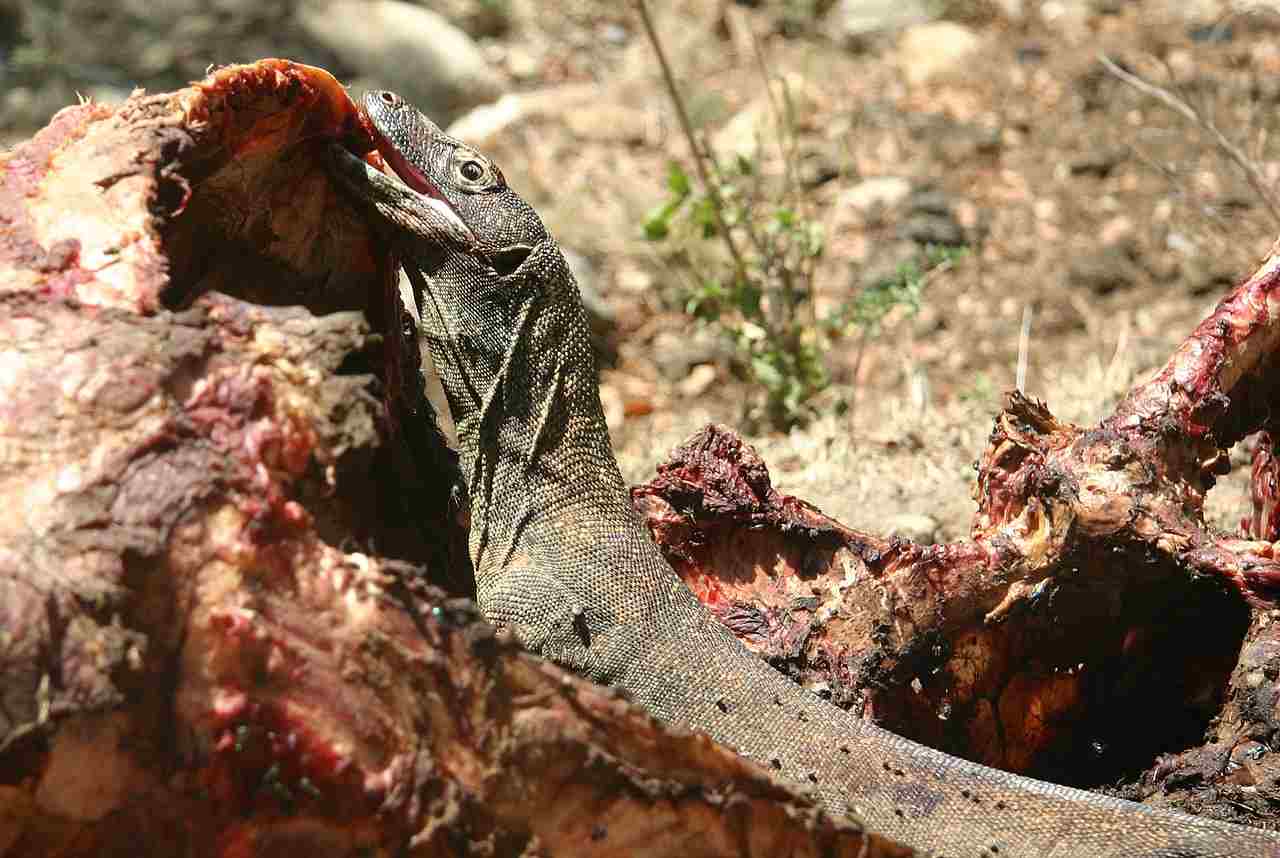
Komodo Dragon:
Primarily carnivorous; ambushes or scavenges for prey.
Monitor Lizard:
Varied diets; some are strictly carnivorous, while others include fruits and insects.
Comparison:
Both exhibit carnivorous tendencies, but the specific diet varies among species.
Ecological Implications:
Feeding habits impact prey populations, competition, and contribute to the nutrient cycling in ecosystems.
16. Intelligence:
Komodo Dragon:
Exhibits problem-solving abilities and complex behaviors.
Monitor Lizard:
Intelligence varies among species; some show problem-solving skills and learning capabilities.
Comparison:
Both display a level of intelligence, although the extent varies.
Ecological Implications:
Intelligence influences foraging strategies, adaptability, and interactions within their ecosystems.
17. Social Behavior:
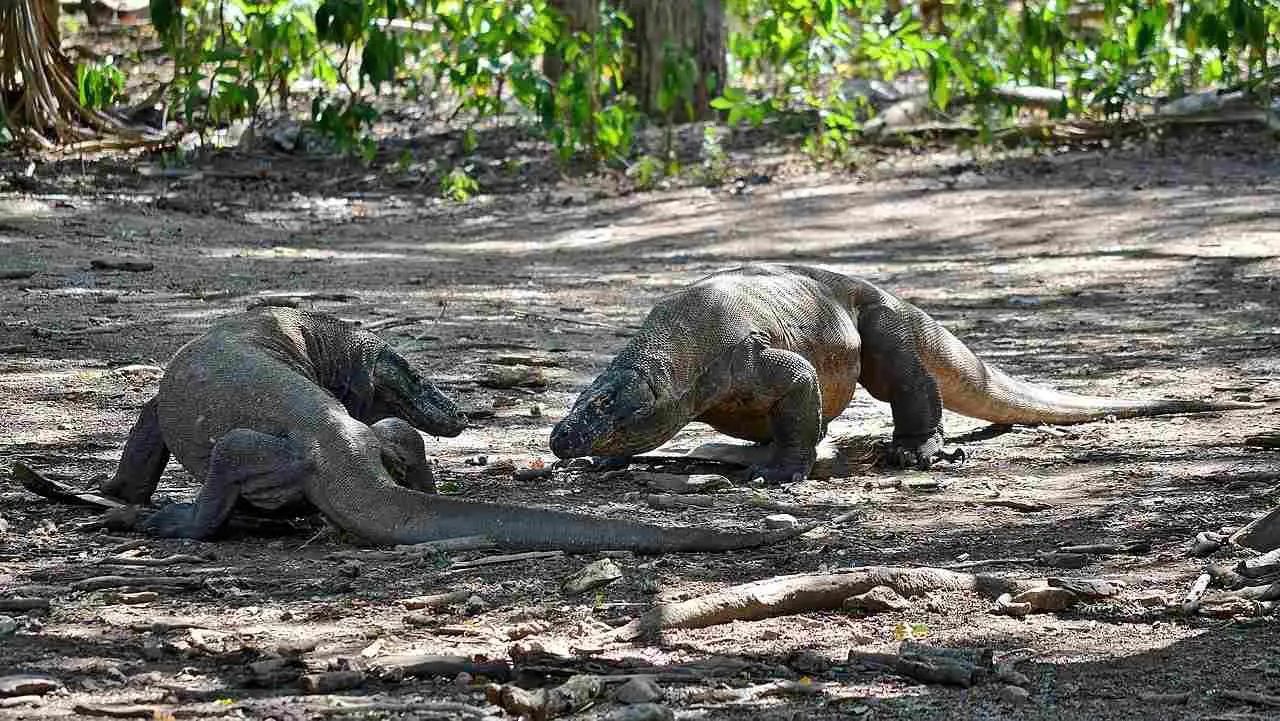
Komodo Dragon:
Mostly solitary; limited social interactions, except during mating or territorial disputes.
Monitor Lizard:
Social behavior varies; some are solitary, while others may exhibit communal or territorial behaviors.
Comparison:
Both can display solitary or social behaviors, depending on the species.
Ecological Implications:
Social dynamics affect population structure, resource utilization, and overall ecosystem balance.
18. Mode of Reproduction:
Komodo Dragon:
Oviparous; females lay eggs, and young hatch independently.
Monitor Lizard:
Varied reproductive modes; most are oviparous, but some species are viviparous.
Comparison:
Both groups reproduce through laying eggs, but viviparous species are present in the monitor lizard group.
Ecological Implications:
Reproductive strategies influence population dynamics, genetic diversity, and species distribution.
19. Parental Behavior:
Komodo Dragon:
Limited parental care; females may protect nests, but offspring are independent.
Monitor Lizard:
Varies among species; some show maternal care, while others have minimal parental involvement.
Comparison:
Parental behaviors range from limited involvement to more extensive care.
Ecological Implications:
Parental care influences juvenile survival rates and can impact population dynamics.
20. Proximity to Human-Inhabited Areas:
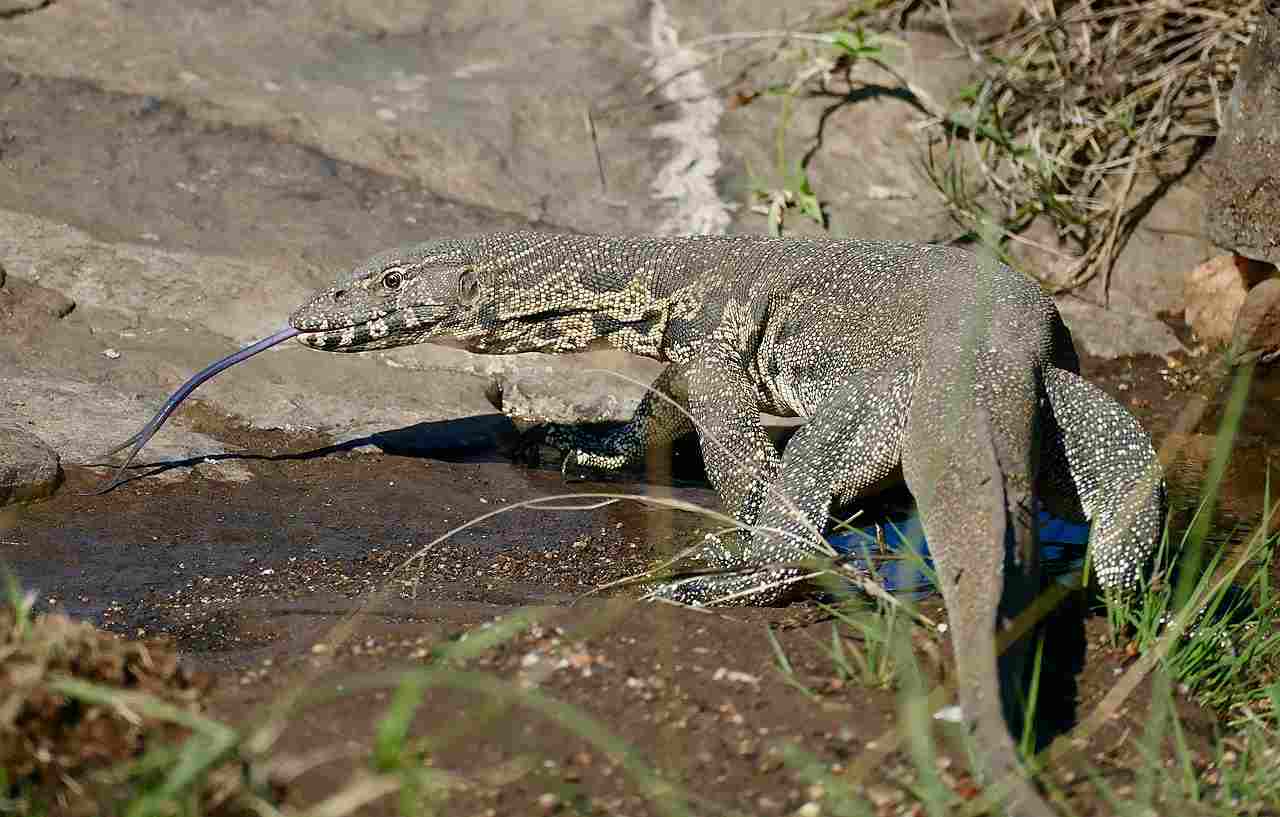
Komodo Dragon:
Generally limited to remote islands; occasional proximity to human settlements.
Monitor Lizard:
Found in various habitats, including urban areas; closer proximity to human settlements.
Comparison:
Monitor lizards are more adaptable to human-modified environments than Komodo Dragons.
Ecological Implications:
Human interaction can lead to habitat alteration, conflict, or potential exploitation of these species.
21. Behavior Toward Humans:
Komodo Dragon:
Generally avoid humans; can be aggressive if threatened.
Monitor Lizard:
Varied; some may exhibit curiosity or aggression, especially if cornered.
Comparison:
Both generally exhibit defensive behaviors but may vary in their response to humans.
Ecological Implications:
Human encounters can impact stress levels, behavior, and potentially lead to conflicts, affecting both the lizards and human safety.
22. Danger Posed to Humans:
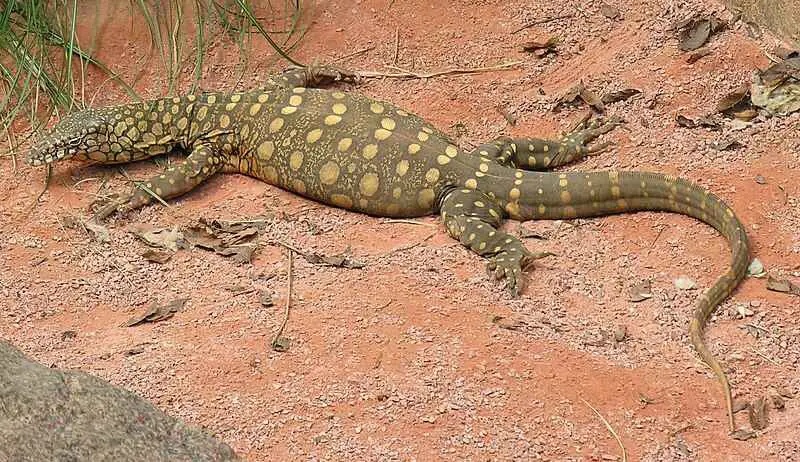
Komodo Dragon:
Potentially dangerous; powerful bite and bacteria-laden saliva can cause infections.
Monitor Lizard:
Generally not considered highly dangerous to humans; some larger species may pose a threat if provoked.
Comparison:
Komodo Dragons pose a more immediate danger due to their powerful bite and infectious saliva.
Ecological Implications:
Human perception of danger influences conservation efforts, management strategies, and potential conflicts.
23. Associated Precautions:
Komodo Dragon:
Caution advised; avoid close proximity, especially in the wild.
Monitor Lizard:
General awareness; observe from a safe distance, exercise caution with larger species.
Comparison:
Precautions vary but generally include maintaining a safe distance from both Komodo Dragons and monitor lizards.
Ecological Implications:
Human behavior and awareness can impact the safety of both the lizards and humans.
24. Conservation Status:
Komodo Dragon:
Vulnerable; population decline due to habitat loss, human-wildlife conflict, and illegal poaching.
Monitor Lizard:
Varied conservation status across species; some are of least concern, while others face threats.
Comparison:
Komodo Dragons generally face a higher risk of extinction compared to many monitor lizard species.
Ecological Implications:
Conservation status reflects the overall health of ecosystems and the impact of human activities on these species.
*Summary of Comparison
Taxonomy:
Both belong to the Varanidae family and Varanus genus, but Komodo Dragons are a specific species (V. komodoensis).
Appearance:
Komodo Dragons have a robust build with gray-brown coloration, while monitor lizards vary in appearance, featuring elongated bodies and diverse color patterns.
Size:
Komodo Dragons are generally larger, reaching 8.5 to 10 feet, compared to monitor lizards with varying sizes among species.
Weight:
Komodo Dragons are typically heavier, with adult males weighing 200 to 300 pounds, while monitor lizards range from a few pounds to over 100 pounds.
Bite Force (PSI):
Komodo Dragons have a formidable bite force of 600 PSI, surpassing most monitor lizard species.
Physical Offensive Advantages:
Komodo Dragons employ a powerful bite with bacteria, while monitor lizards have diverse offensive strategies.
Physical Defensive Advantages:
Both possess physical adaptations for defense, such as scales and defensive postures.
Speed:
Similar speed capabilities, with slight variations among species.
Agility:
Monitor lizards show varied agility, with some species adept at climbing.
Senses:
Both exhibit well-developed senses, crucial for hunting and survival in their environments.
Overall Physical Capacity:
Both display physical adaptations suited to their ecological roles.
Habitat Preference(s) and Geographic Region:
Komodo Dragons are limited to specific islands in Indonesia, while monitor lizards have a more widespread distribution.
Tracks:
Both leave tracks indicative of lizard species, but specific features differ.
Lifespan:
Komodo Dragons generally have a longer lifespan compared to many monitor lizard species.
Mode of Feeding:
Both exhibit carnivorous tendencies, but the specific diet varies among species.
Intelligence:
Both show a level of intelligence, although the extent varies.
Social Behavior:
Both can display solitary or social behaviors, depending on the species.
Mode of Reproduction:
Both groups reproduce through laying eggs, but viviparous species are present in the monitor lizard group.
Parental Behavior:
Parental behaviors range from limited involvement to more extensive care.
Proximity to Human-Inhabited Areas:
Monitor lizards are more adaptable to human-modified environments than Komodo Dragons.
Behavior Toward Humans:
Both generally exhibit defensive behaviors but may vary in their response to humans.
Danger Posed to Humans:
Komodo Dragons pose a more immediate danger due to their powerful bite and infectious saliva.
Associated Precautions:
Precautions vary but generally include maintaining a safe distance from both Komodo Dragons and monitor lizards.
Conservation Status:
Komodo Dragons generally face a higher risk of extinction compared to many monitor lizard species.
Conclusion
I. Similarities:
Shared family (Varanidae) and genus (Varanus) classification.
Exhibit lizard characteristics such as scales, claws, and a carnivorous diet.
II. Differences:
Significant variations in size, weight, and ecological roles.
Komodo Dragons have a more restricted geographic range compared to the global distribution of monitor lizards.

